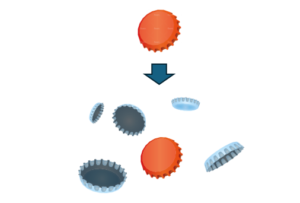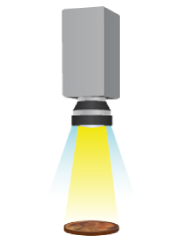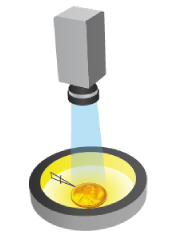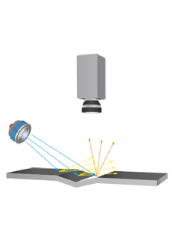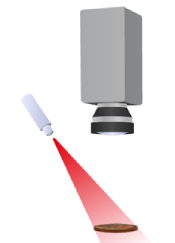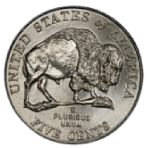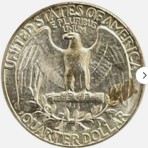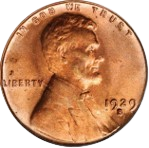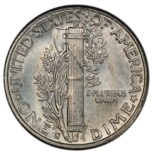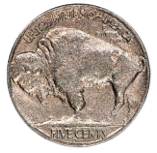How does the Service Work?
QCG follows a long line of experts and innovators in the field of Numismatics who have pushed for more scientific approach to Grading coins, from Jim Halperin’s N.C.I, 1986 Grading Guide to the work done by Compugrade in 1991. With the OCS-200, QCG aims to innovate and expand Numismatics grading further through its unique and proven approaches to quantitative image analysis.
Today it’s not uncommon for the Numismatic community to use high resolution digital cameras to help magnify the condition of their coins for subjective grading determination. In the case of the OCS-200, we use a 12.3-megapixel camera in a controlled lighting environment with motion to enhance the seven areas used to determine any coins sheldon grade by providing independent repeatable quantitative image analysis.
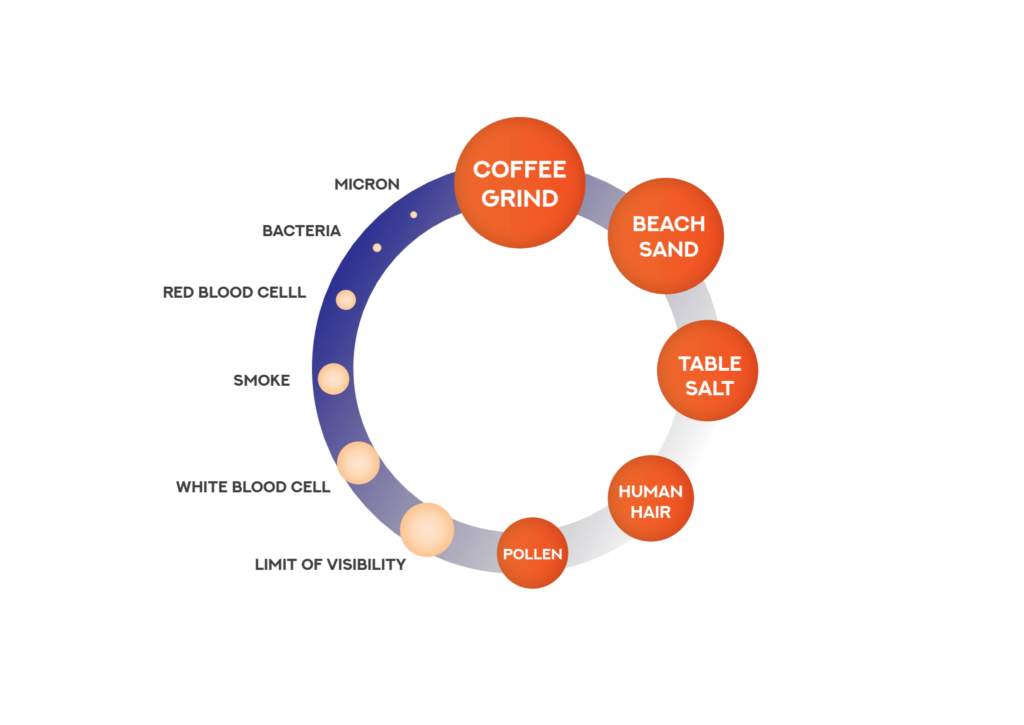
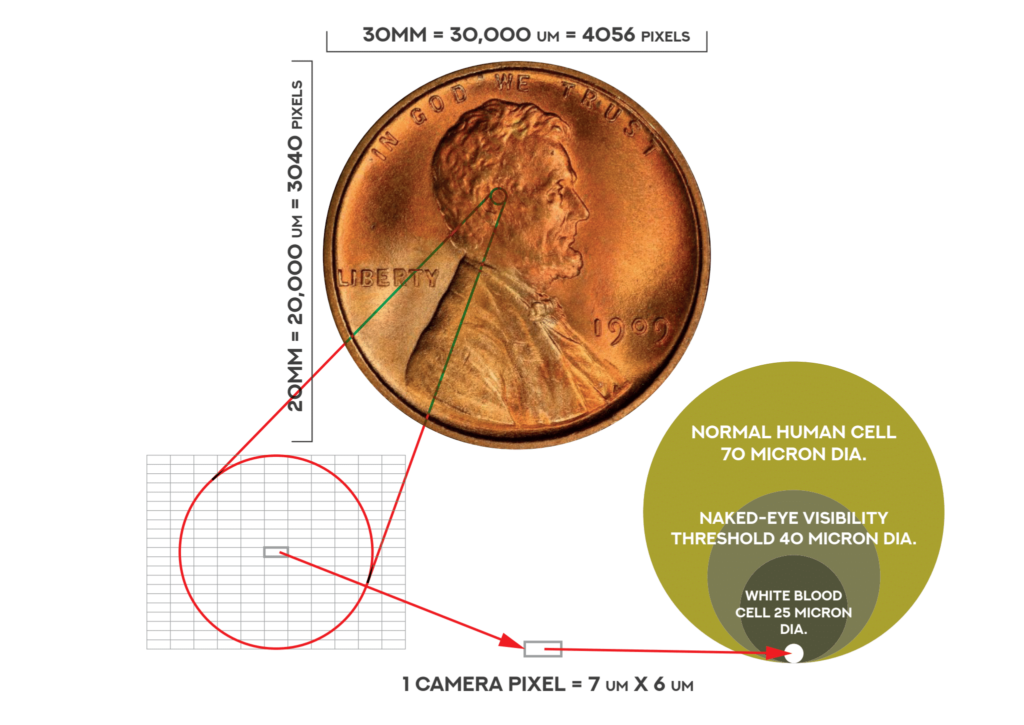
Over the years there have been many books and articles written on certain coin attributes that increase or decrease the value of a coin based on series, year, mint location and dies, not to mention coins that have been altered for financial gain. Even though this is an ever-changing arena in terms of newfound information, it highlights one of the advantages of centralized processing knowledge that supports multiple remote inspection devices that can be used with one knowledge base of all the most important and documented attributes. Template matching is an optical technique used when you know certain feature is in a certain location that you can match to the known attribute. Knowing that there are over one hundred fifty type coin series since the 1972 coinage act, with over thousands of variations, you will be hard pressed to find one individual with all that information, this is where technology shines.
